Net Zero on Cable Street

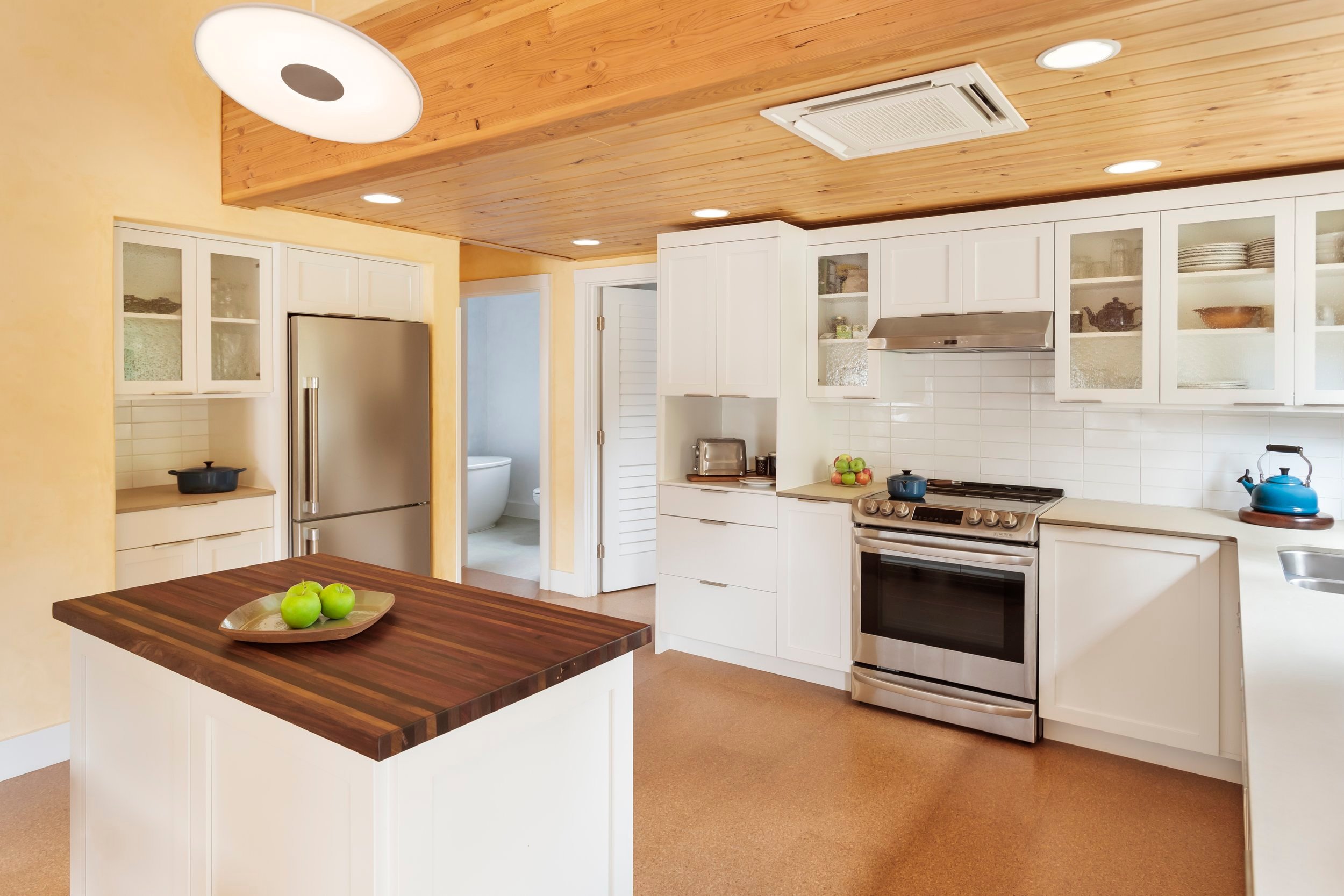
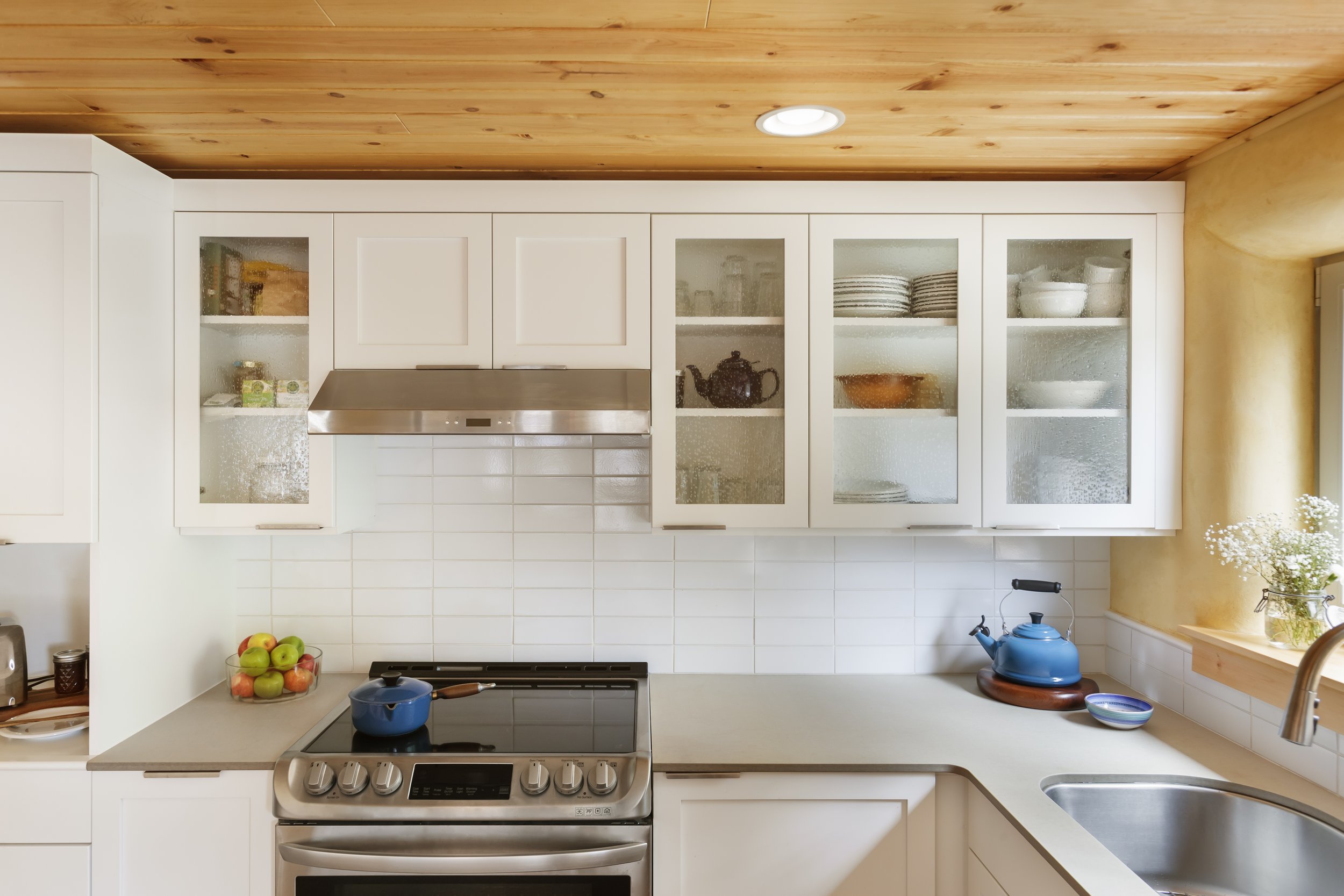
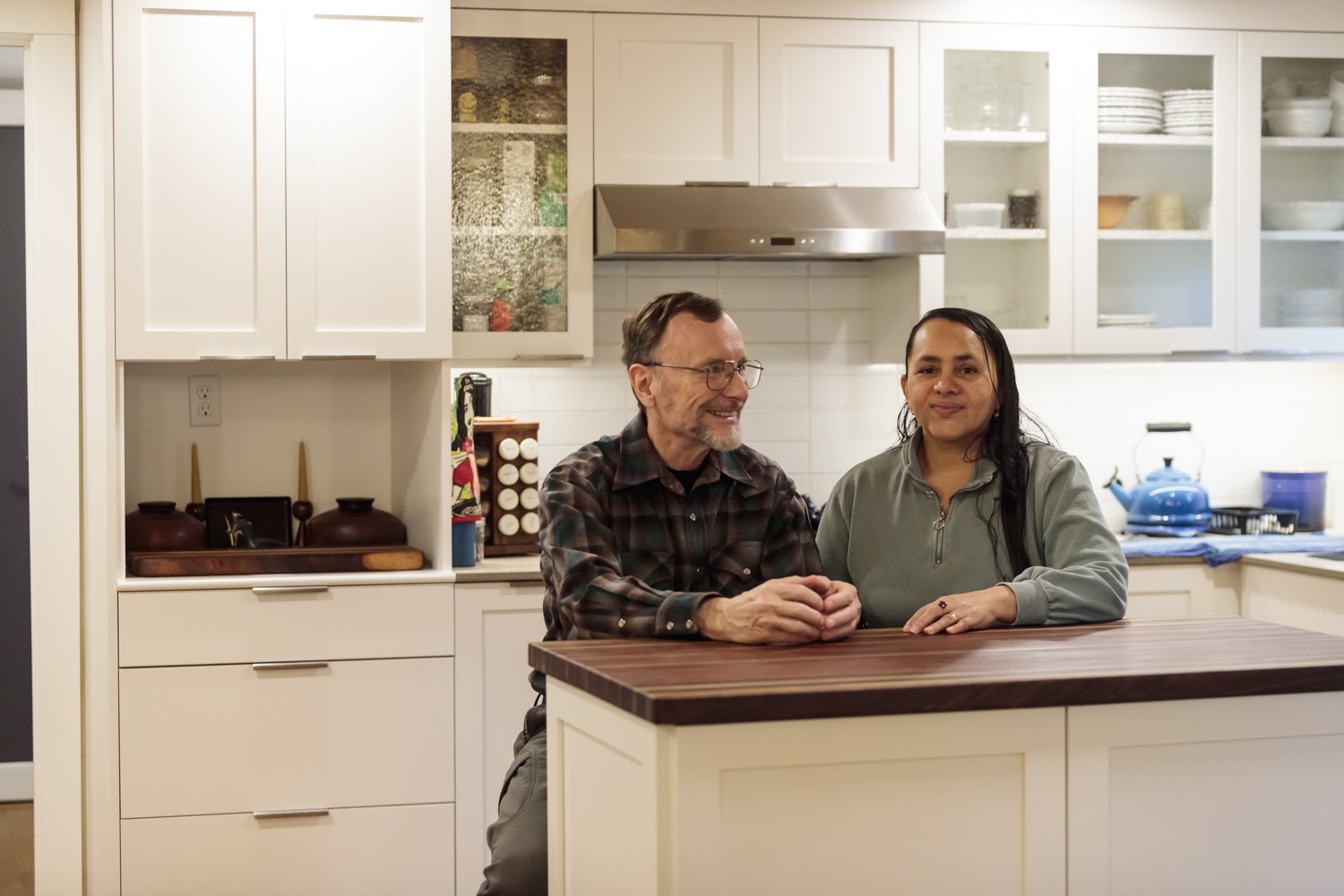
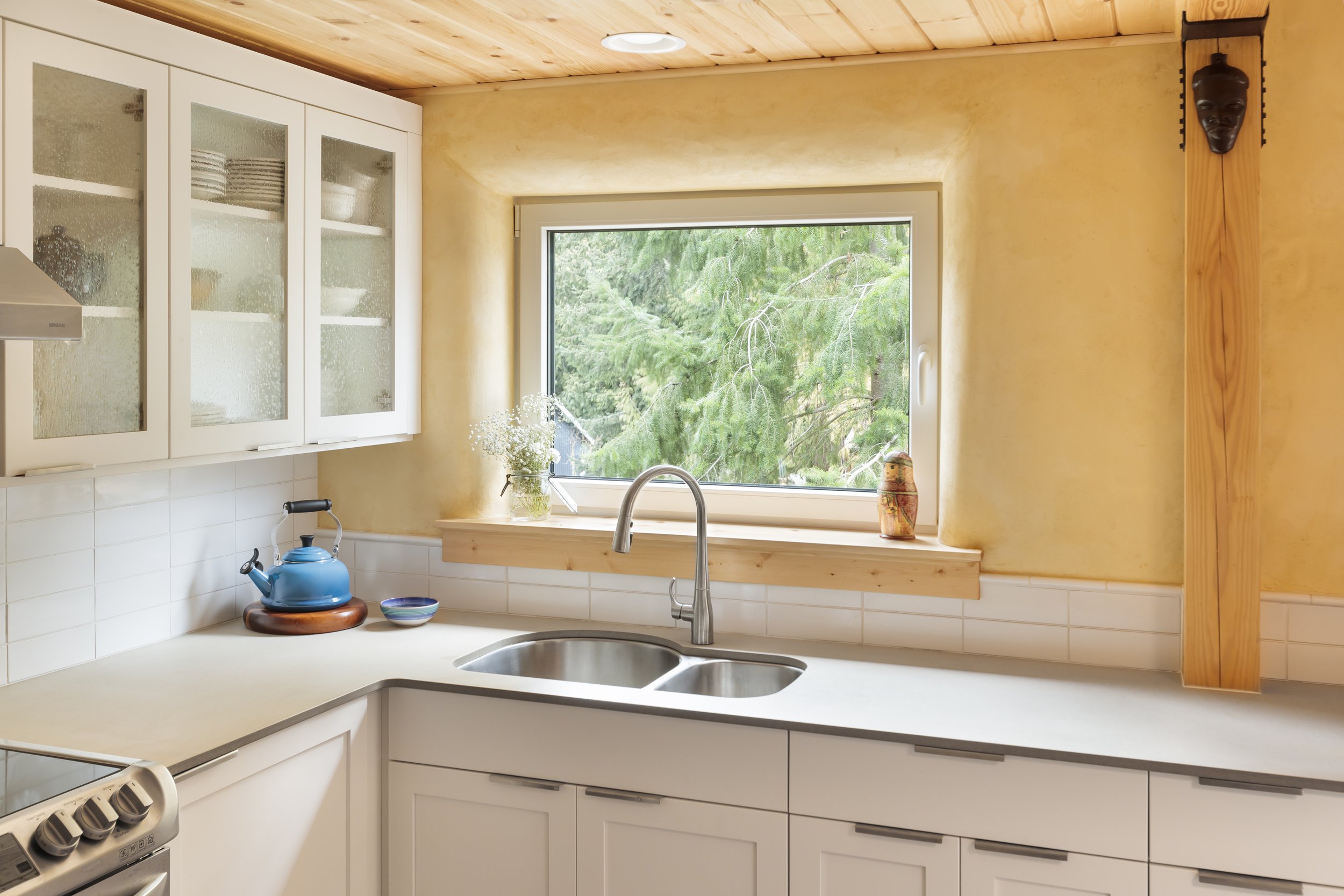
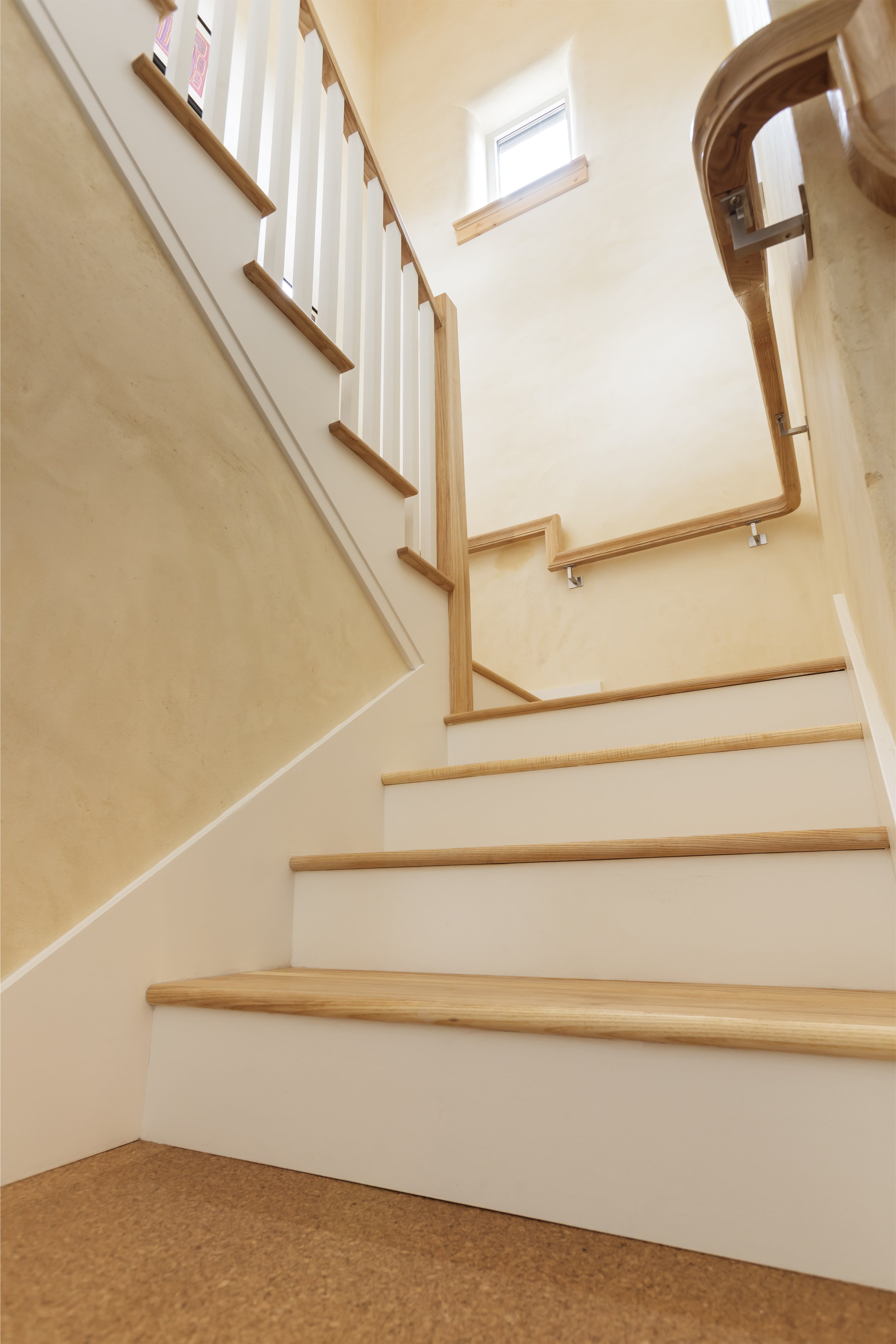
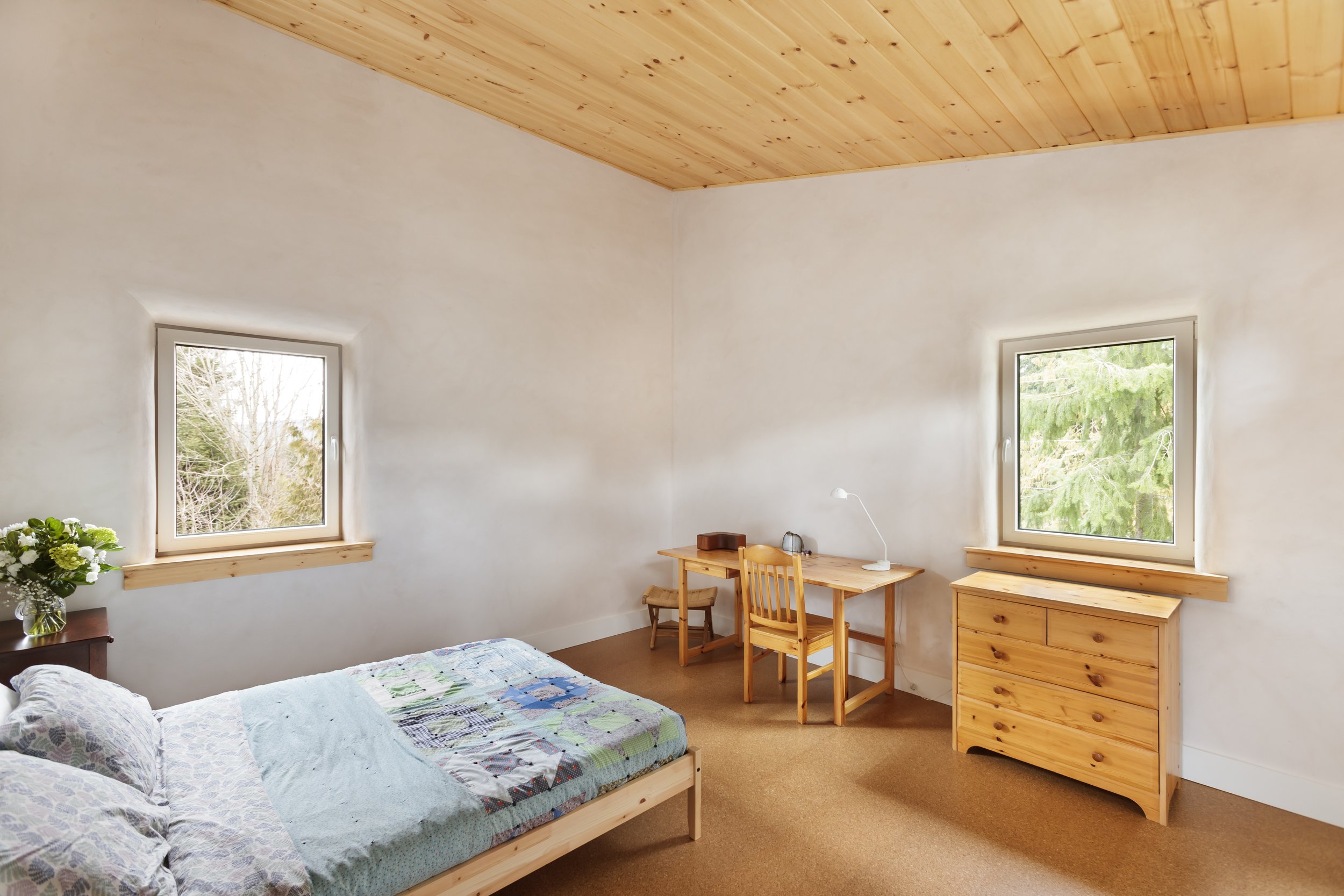


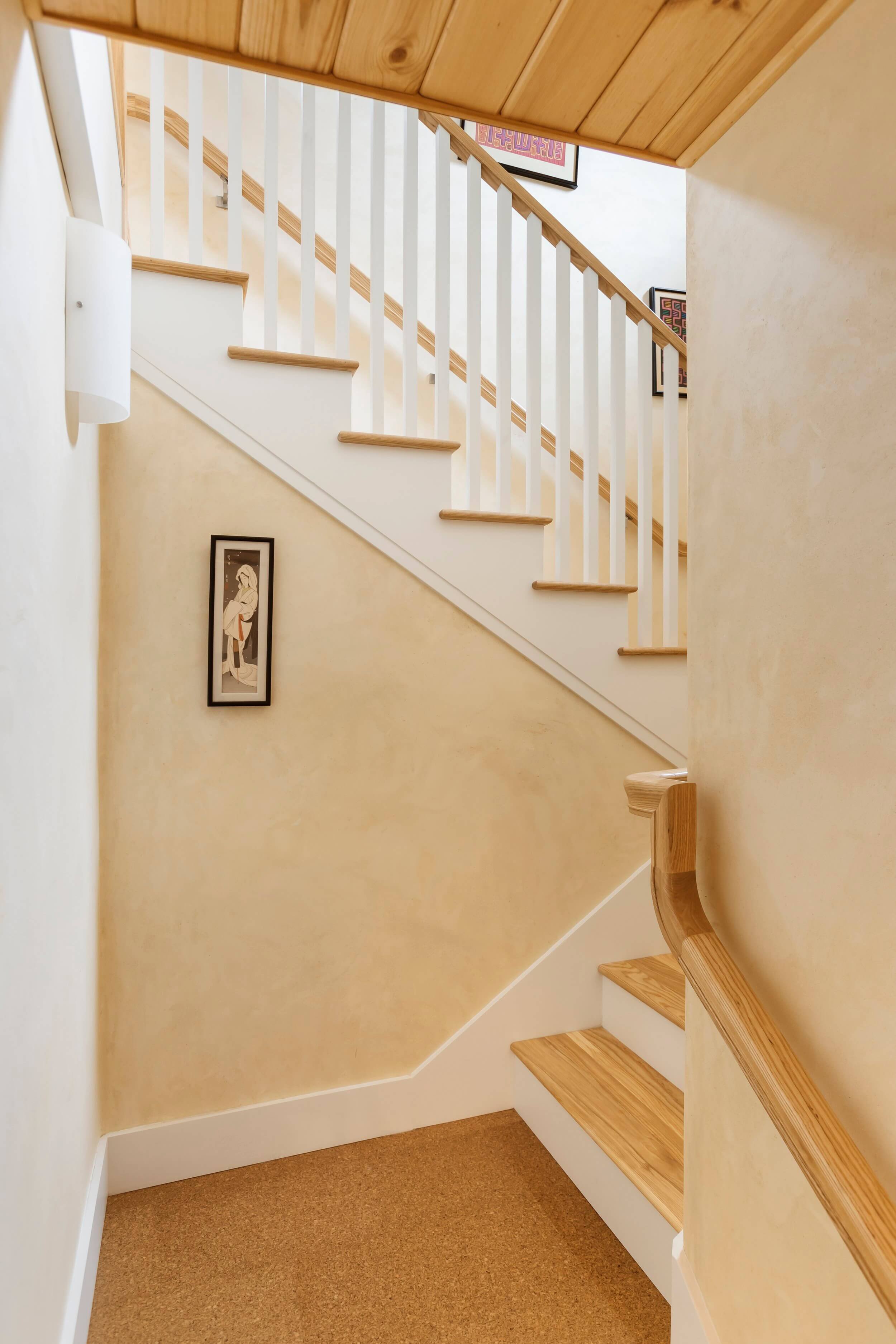
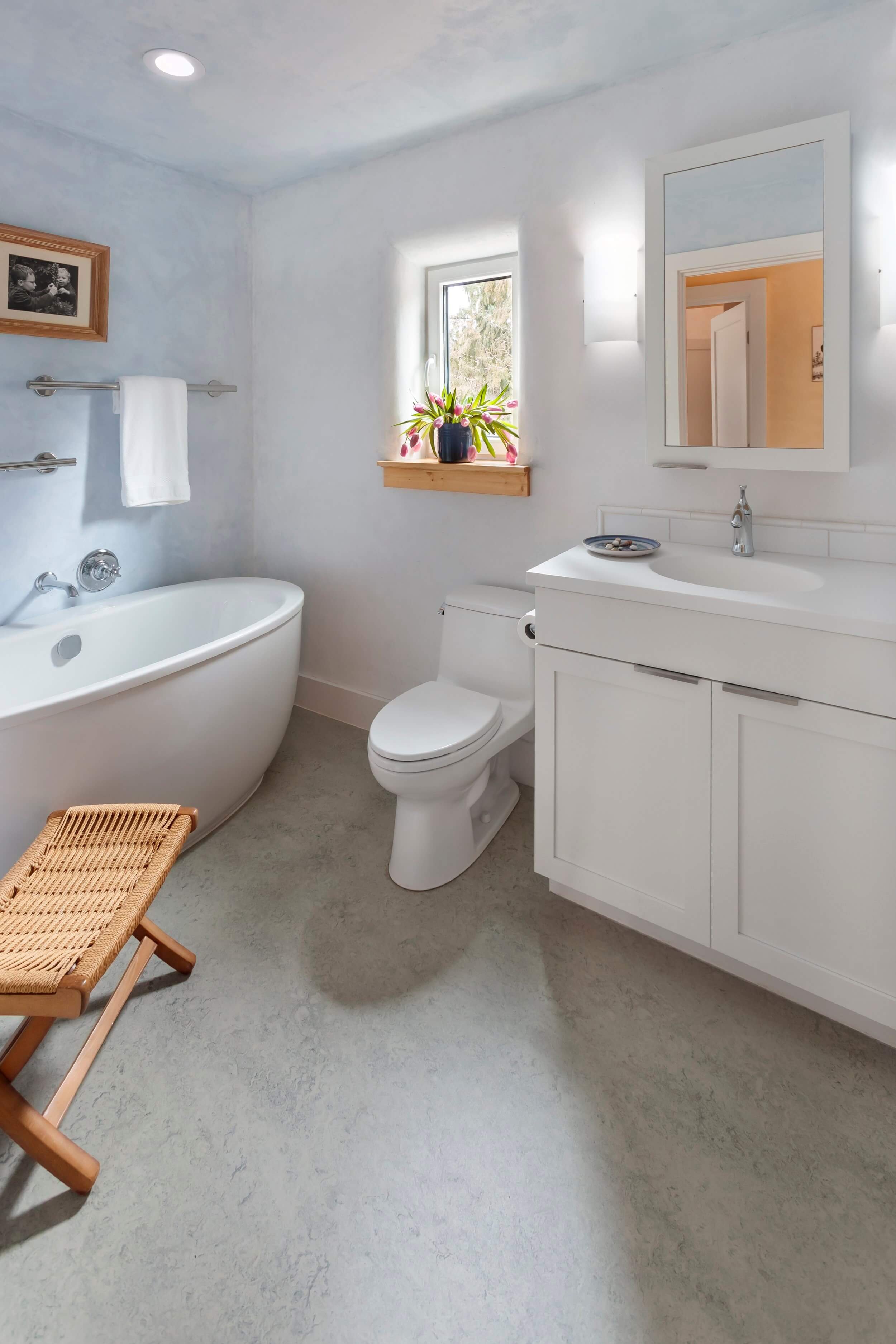
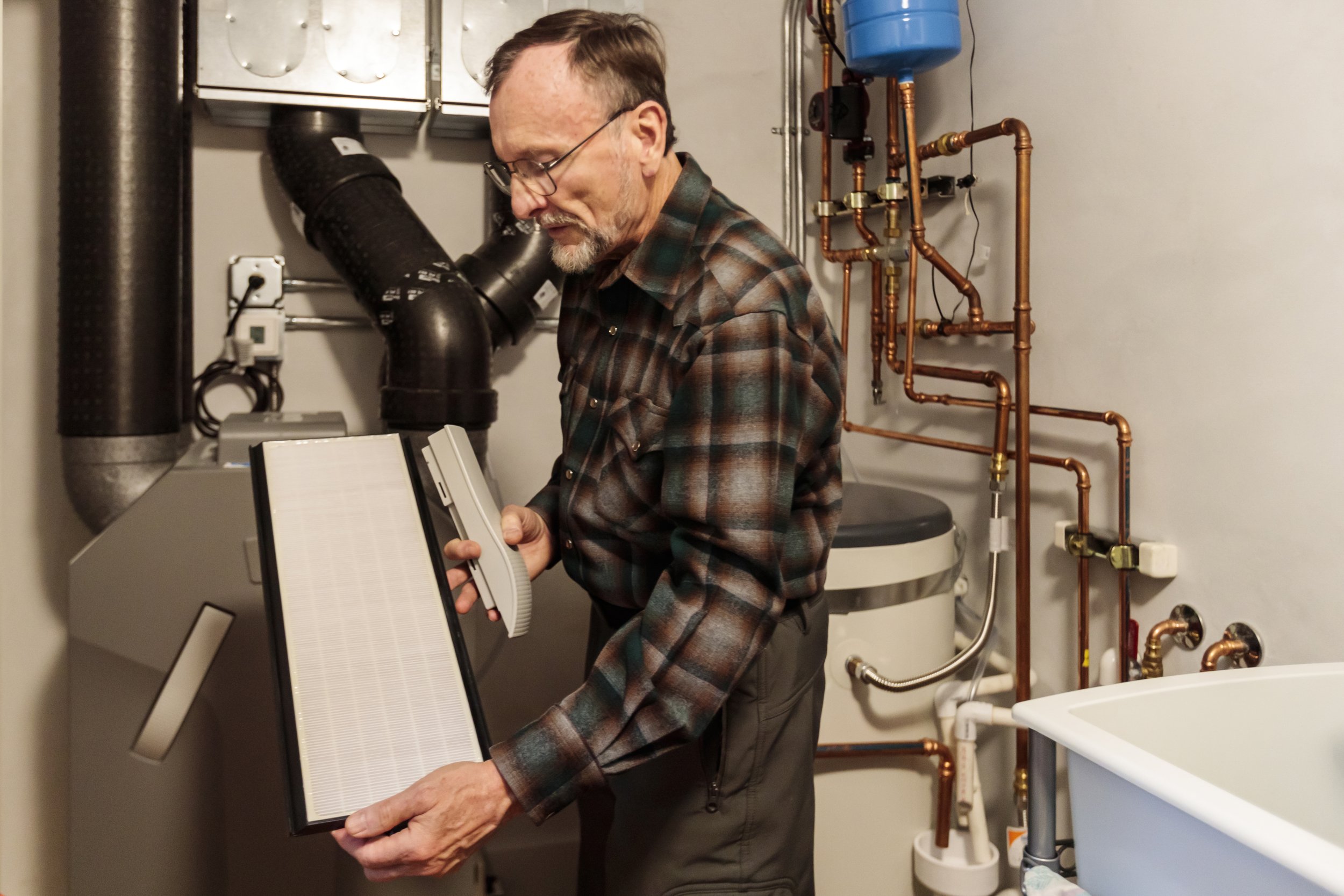

In 1997, Mark Wheatley moved into a brand-new house near Lake Whatcom. Over the 20 or so years he lived there with his family, he dealt with expensive repairs that included water damage— thanks to a complex roof design and poor waterproofing— moss on the north-facing roof, and rats in the crawl space, where uninsulated pipes contributed to inefficient energy use.
“All the repairs for that house drove decisions for this one.”
“This one” is a 1,448-square-foot structure built with 12-inch-thick Faswall blocks on an insulated concrete slab, wrapped like a baby in a rainstorm, covered by a simple, south-facing-only shed roof, and then clad in pigmented stucco (no painting required).
It’s equipped with triple-paned windows, solar panels, two heat pumps, two, 350-gallon cisterns to collect rainwater, and a heat recovery and air filtration system.
Retired from his tech career and recently off his second South American Peace Corps tour (the first, to Honduras, was in the early 1980s) Wheatley and his wife Yudis, whom he met in Panama during the design of the house, don’t plan to move again.
Their home is designed to allow first-floor living with integrated elements like grab bars and ample circulation space, and an upstairs suite for a caregiver, should one become necessary. For now, it’s the primary bedroom.
Nor will the Wheatleys undertake many, if any, repairs —or pay many, if any, energy bills. Mark, a self-described technology geek, is monitoring daily generation of solar energy.
“So far, our electric bill is only the meter rental fee, under $8 per month. The water bill is well under the minimum usage billing.”
Two bedrooms, two baths, an office and open kitchen, dining and living space complete the picture of what Yudis called a “modern, simple and sophisticated” house filled with furniture Wheatley designed and built “from my head and some pictures from Sunset,” artwork from his travels and lots of very clean, quiet and comfortable air.
